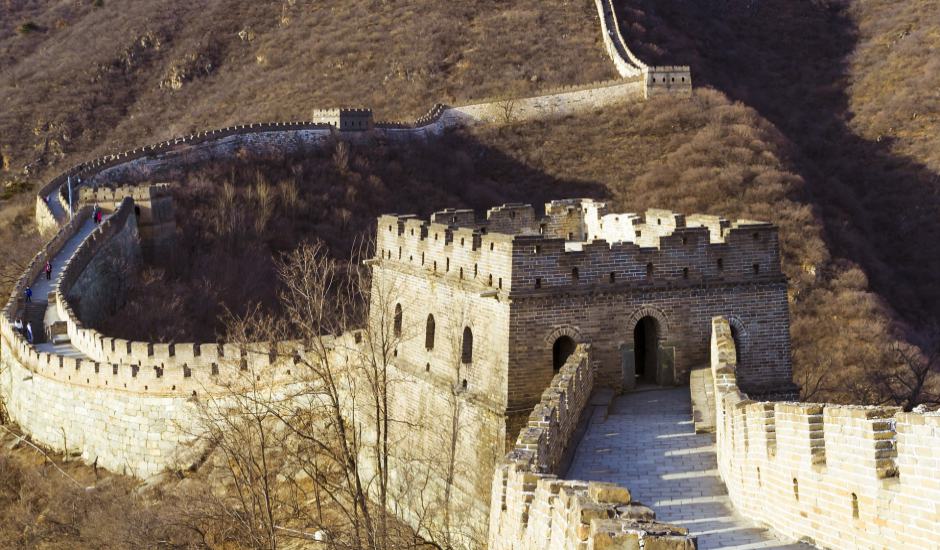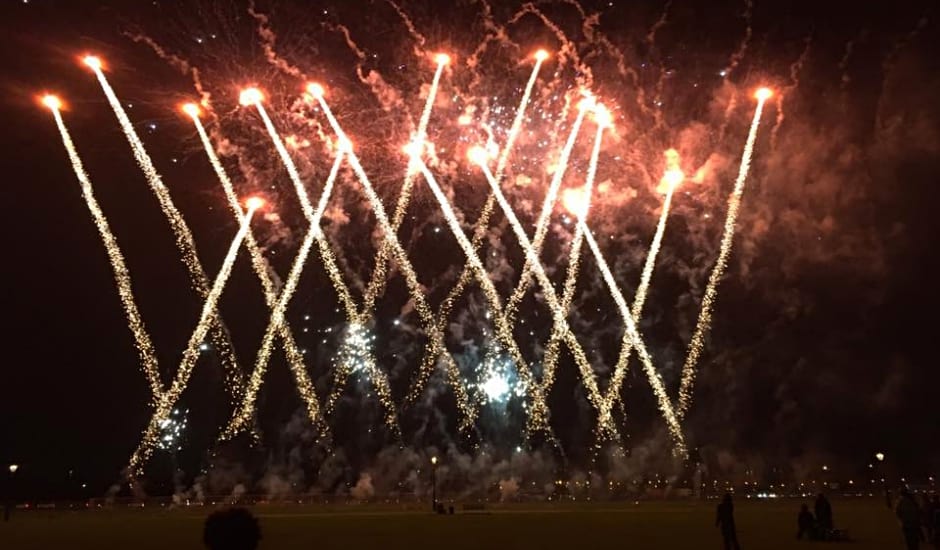Day 0
After we got off the train from New York (approximately a 3 hour journey) we walked the short distance to our hotel (Hyatt Regency on Capitol Hill) and checked in. We’d heard about the circulator bus service that did a big loop around the mall and only cost $1, so we headed out to do just that – a very cost effective way of getting an overview of the National Mall.
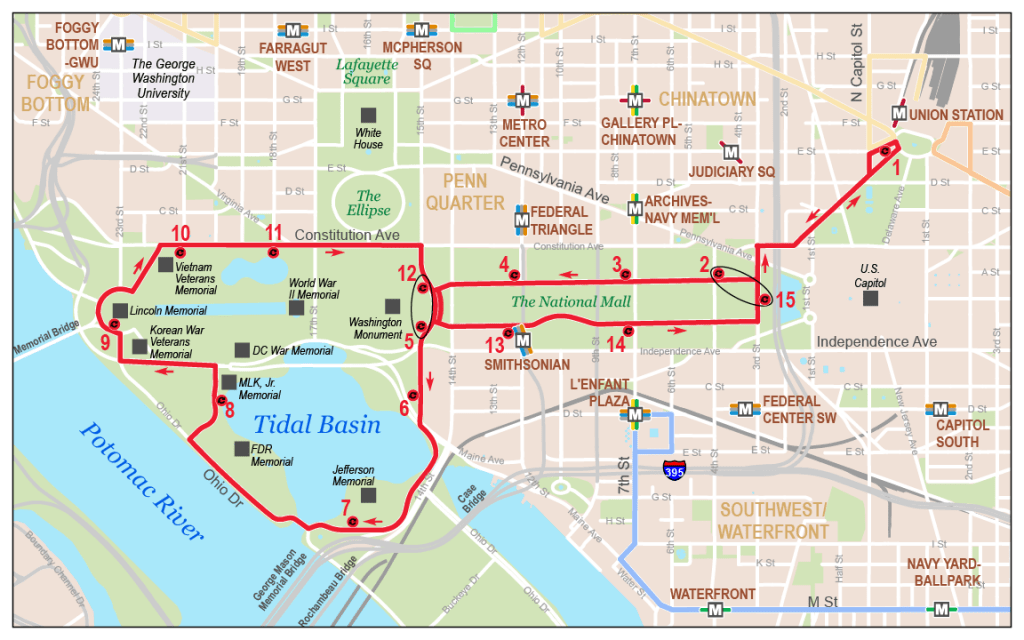
The National Mall is a 3 km (1.9 mile) strip of land surrounded by (free) museums, capped at the east by the Capitol building housing Congress and the Senate, and in the West by the Lincoln Memorial. It includes memorials to the fallen of each of the wars and to great men in American history. It is where the audience for the Inauguration of American Presidents sit, and is the focal point of protests, marches and demonstrations. It’s where Forest Gump gives his speech in the movie of the same name.
We went most of the way around and then got off just before the Washington memorial and walked up the hill to the White House, took a few photos and then trekked back to the hotel.
Day 1
National Air and Space Museum
We got up relatively early and headed to the National Air and Space Museum, arriving pretty much when it opened and were surprised that there was still a line. All of the Smithsonian Museums on the Mall are free, meaning you can take your time and soak up the exhibits, or whizz through and know that you can come back later. The NASM is really well put together, with great exhibits including SkyLab (which you can go inside) and actual rockets to give you a sense of just how big things are.
It was a bit too much for us to fit everything in before we had to head off for our lunch with one of Ange’s friends, so we resolved to come back and check out the bits we missed later in our trip.
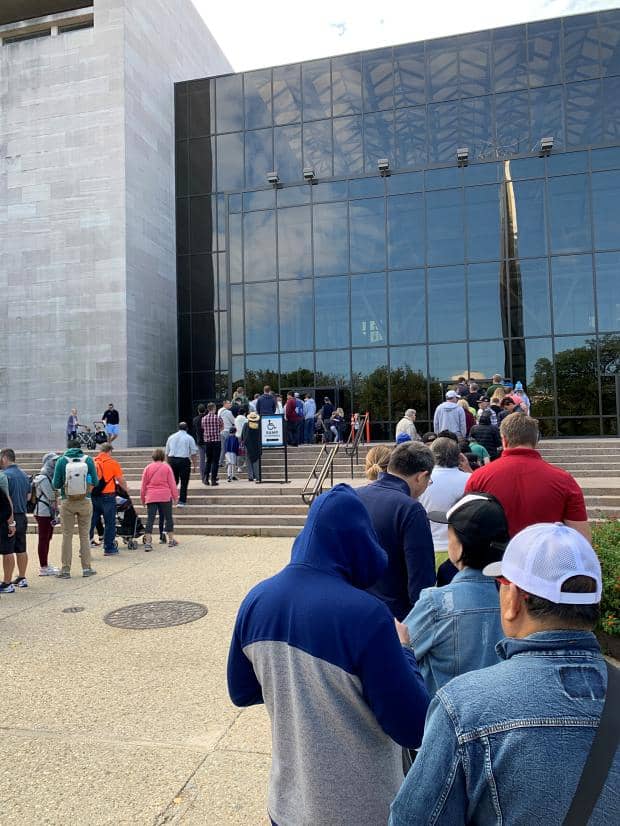
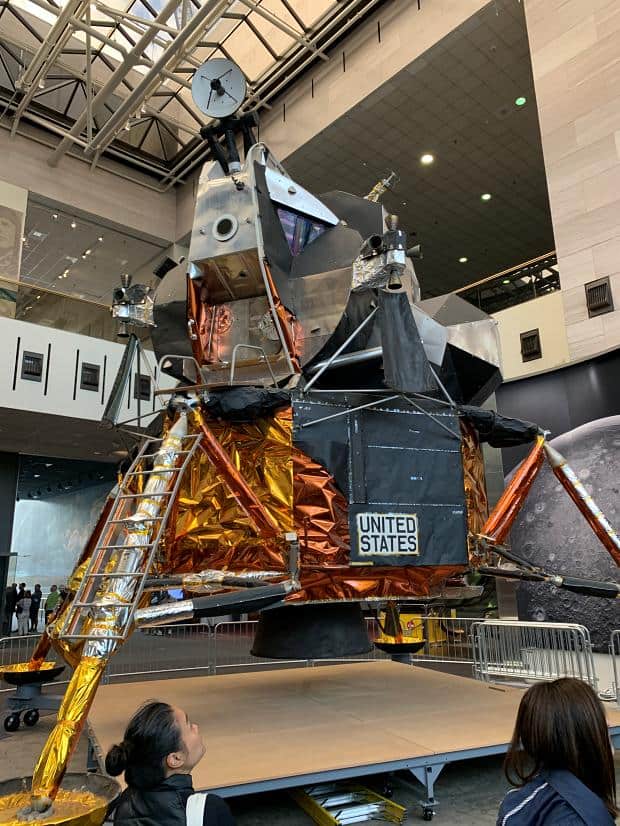
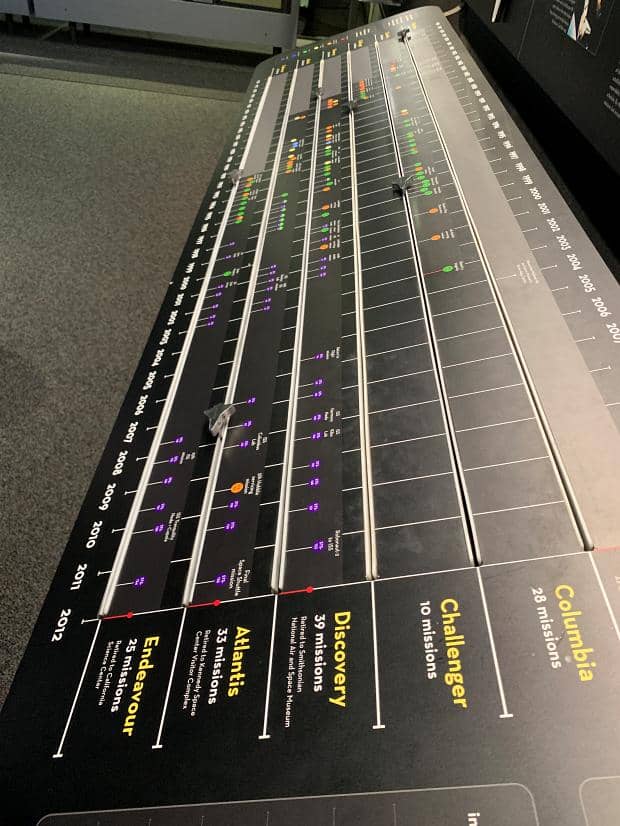
Teaism
We headed to Teaism for lunch and caught up with Susan, a friend of Ange’s who lived in the area. She offered to show us around and suggested we check out the African American Museum which had opened a little while ago. She’d never been and had heard good things, which was as good a recommendation as we needed, so after lunch we headed off.
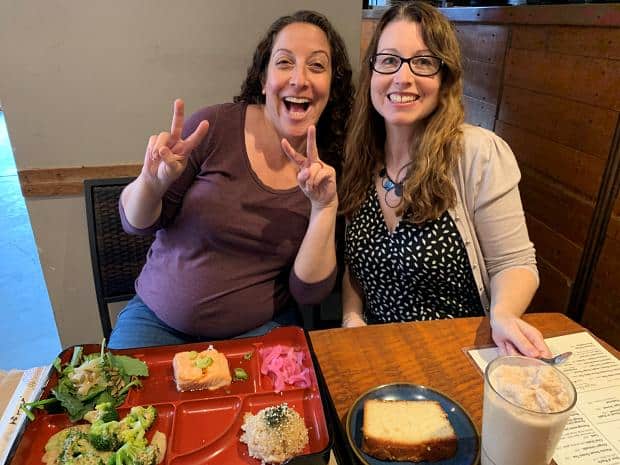
African American Museum
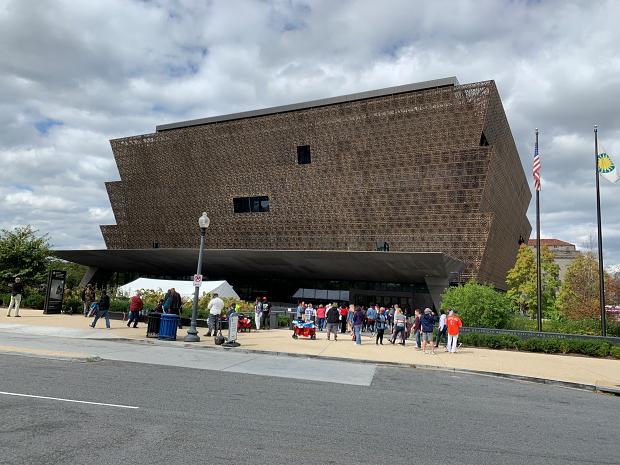
The National Museum of African American History & Culture had opened in 2016 and was still enthusiastically attended. We walked up and an attendant enquired as to whether we had tickets. Upon being told that we didn’t, she told us how to get tickets, even being so kind to navigate their site on our phone, somehow managing, even with ludicrously long nails, to whizz through the process much quicker than I would have been able to. Thanking her, we headed in to security and on into the museum itself.
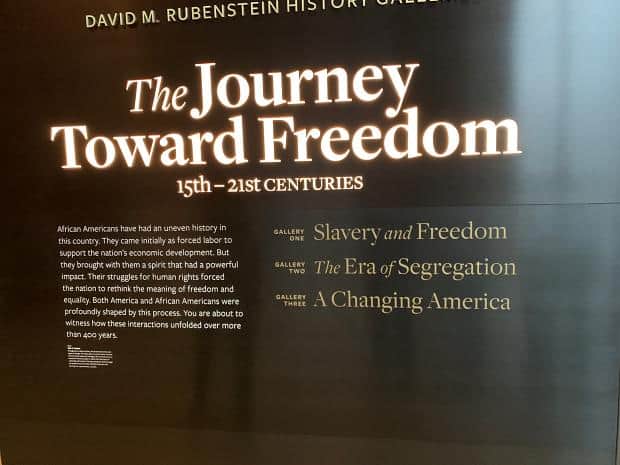
The exhibits started in the basement and continued upwards, arranged in chronological order, until you emerged blinking into the modern world back on the ground floor. The crowds were counted and allocated a huge lift which took us down in groups to try and alleviate crowding by batching entry.
The black guy operating the lift cheerfully asked the assembled crowd “Do y’all want to go to 1496?” (the starting point of the exhibits) at the chorus of “Yes’s”, he chortled and said “Not me!”
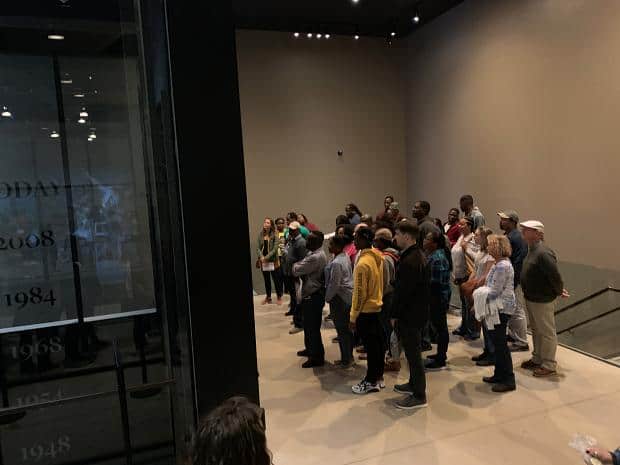
We soon found out why. The history of African Americans starts with the slave trade, and the whole bottom floor is taken up with discussing this shameful period. The exhibits are matter of fact and never veer in tone towards anger or self pity, and if anything they suffer from being too good – there’s almost a bottleneck of visitors reading and taking it all in which makes for a crowded first section.
Being surrounded by African Americans learning about their history definitely made it more poignant, the occasional shaking of head or moment of quiet contemplation brought home that this was the family history of at least 10% of the population.

For me the most interesting piece was the realisation among the founding fathers that slavery was wrong, but avoiding tackling it when declaring independence, effectively kicking that conflict down the line for 100 years. When the nation finally addressed it, it kicked off the bloodiest war the US had seen and an estimated 2.5% of the nation’s population perished.
Another interesting point was as pressure built to rid the nation of slavery, an interim step was to stop any more slaves being brought into the country. Necessary first step, right? Unfortunately this only served to increase the importance of the domestic market for slaves.

After such a heavy subject we felt like something a bit lighter so headed up the hill to the White House’s south lawn.
White House
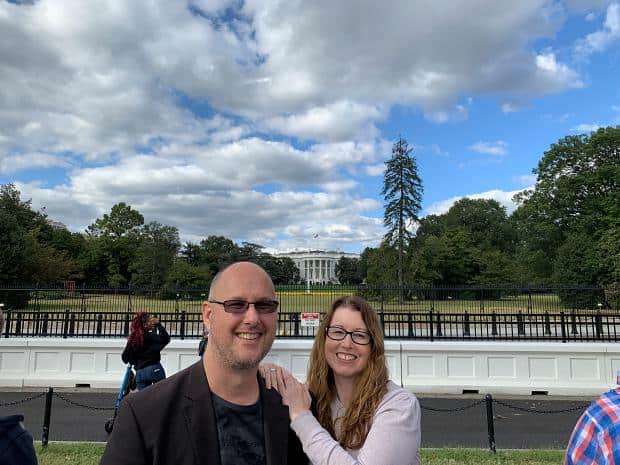
Renwick House
After a few quick pictures at the White House, we kept going up to the hill to the Renwick Gallery. This art gallery was featuring an augmented reality display with hand held iPads allowing visualising additional content, which was a nice novelty but which I didn’t think really pushed the technology or added much to the art.
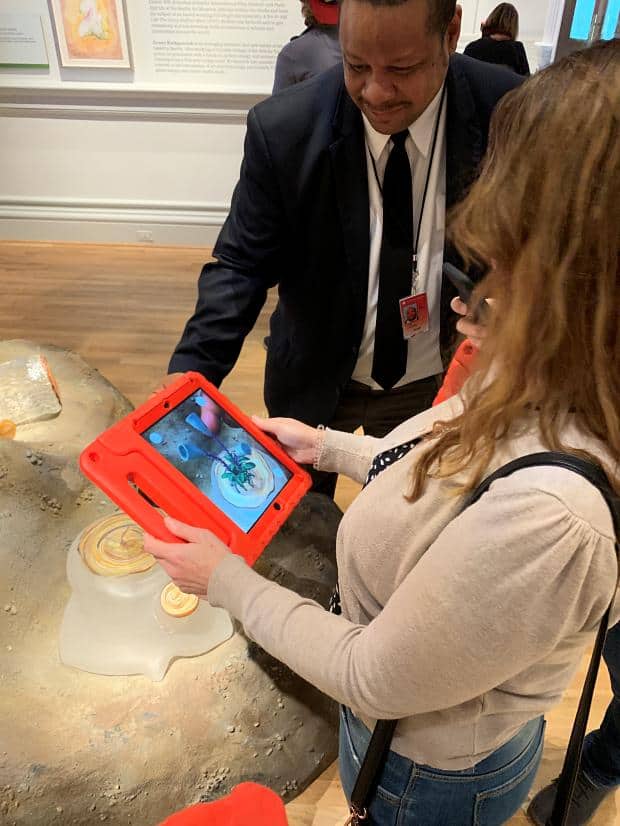

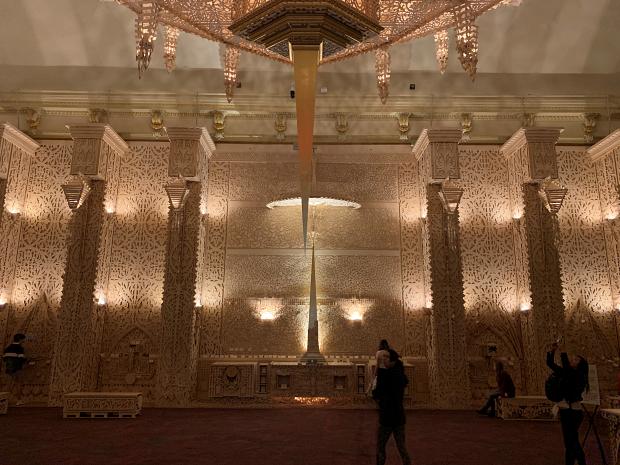
Upstairs had some more interesting exhibits and a video telling the story behind the building was good too. We stayed until closing and then headed out for dinner.
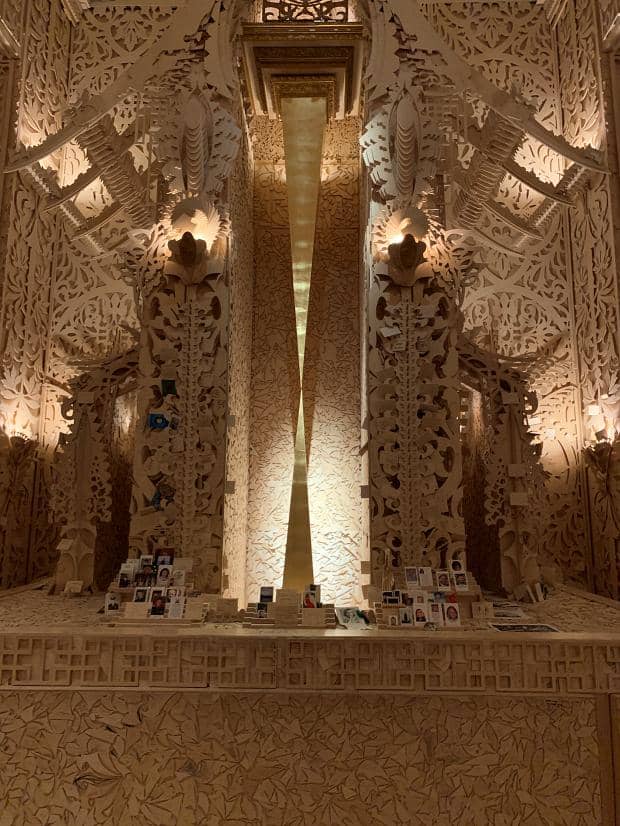
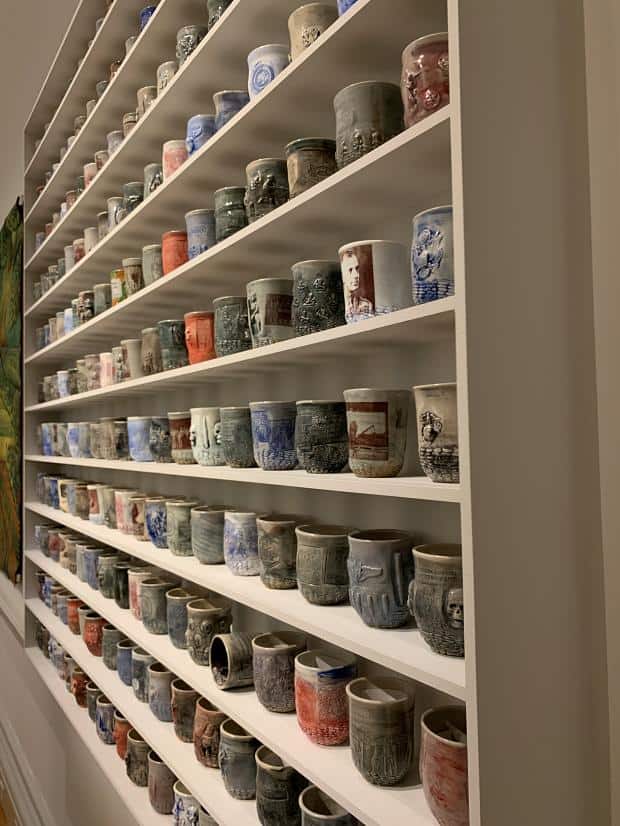
Succotash
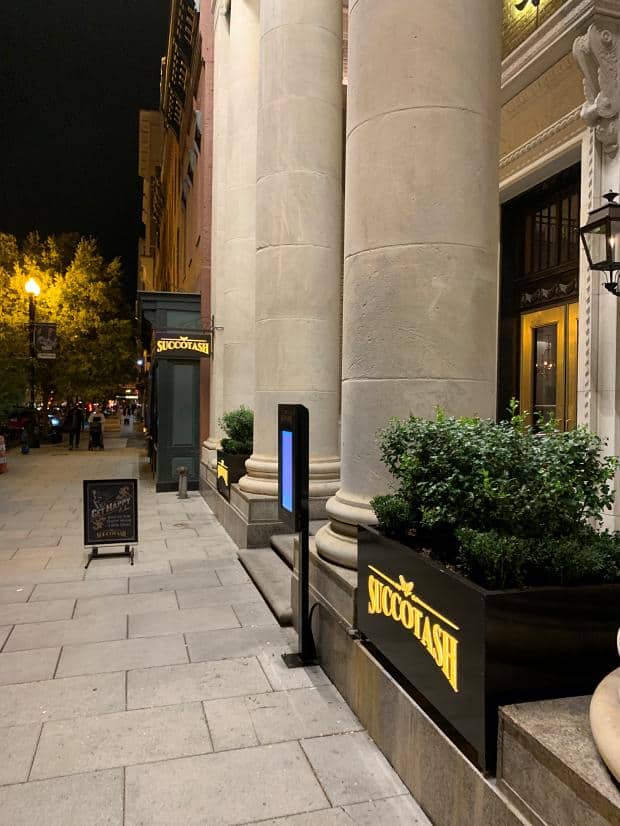
Susan recommended Succotash, an upmarket bistro which at one stage had been a bank, a nightclub, then a different nightclub and was now a restaurant. Susan as a local remembered when it was a nightclub, and because of the low lighting, not many of the photos I took of the food came out. A notable exception was the dessert which we split three ways. Yum!

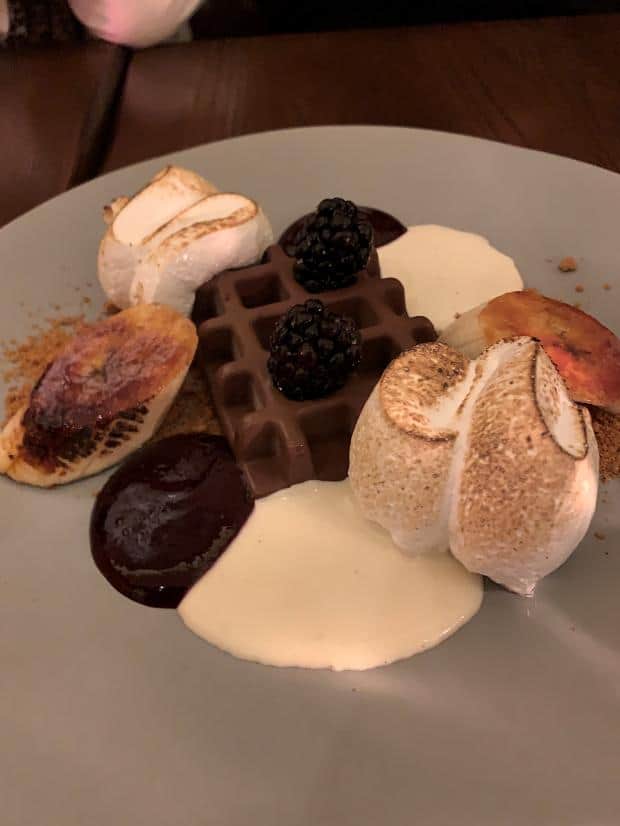
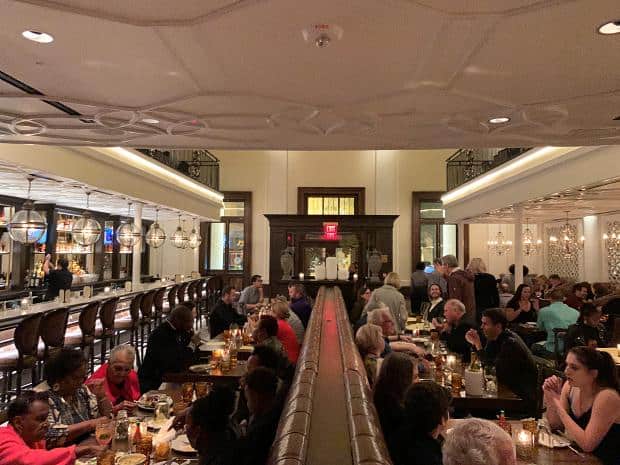
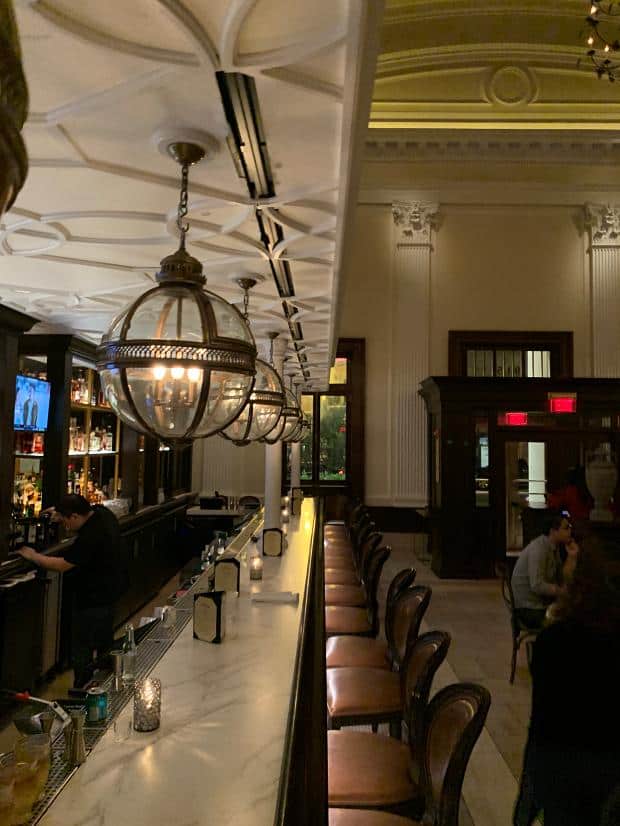
Monuments at Night
Instead of going home, Susan suggested we see the monuments at night instead. I had never thought of that, and so we jumped in her car and headed out into the night.
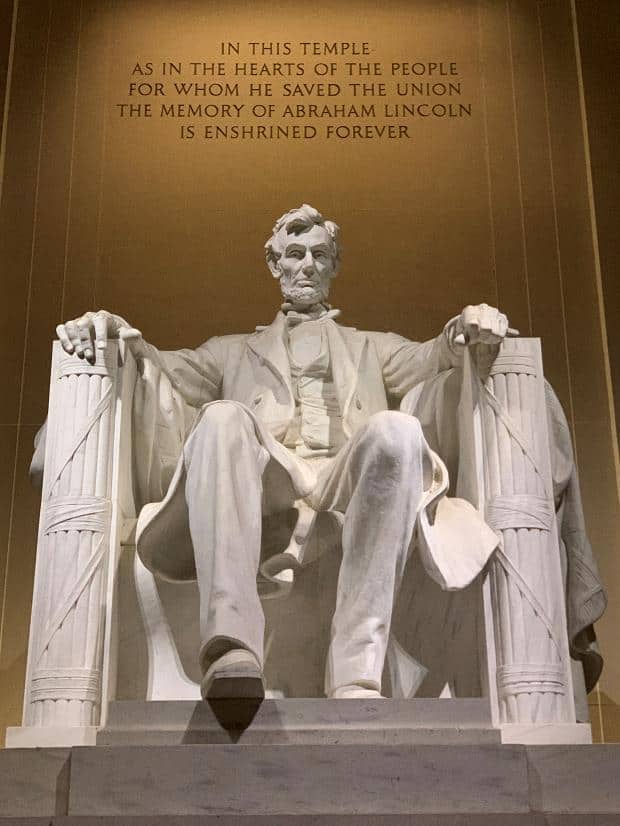
I must admit the lights on the white stone in the dark night gave them an ethereal glow which was quite a different experience from seeing these same statues in the daylight.
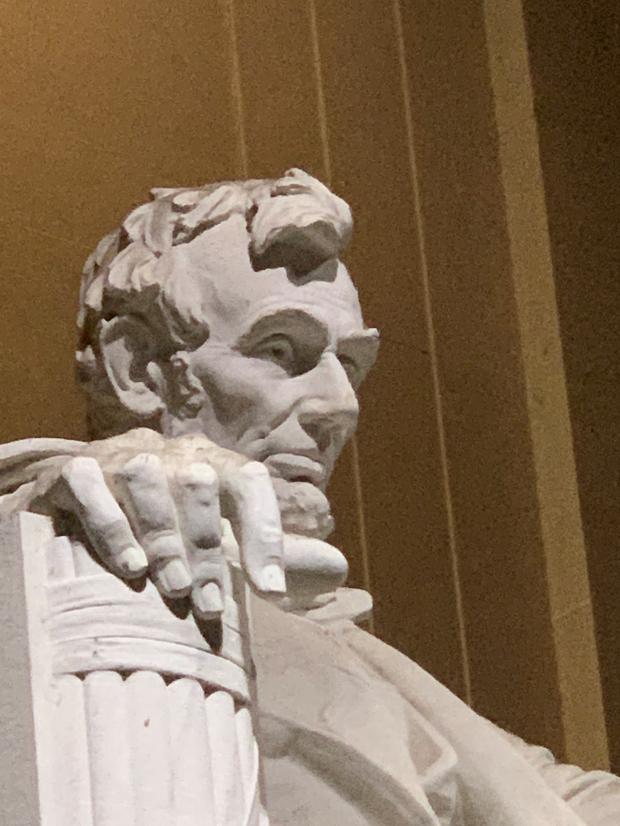
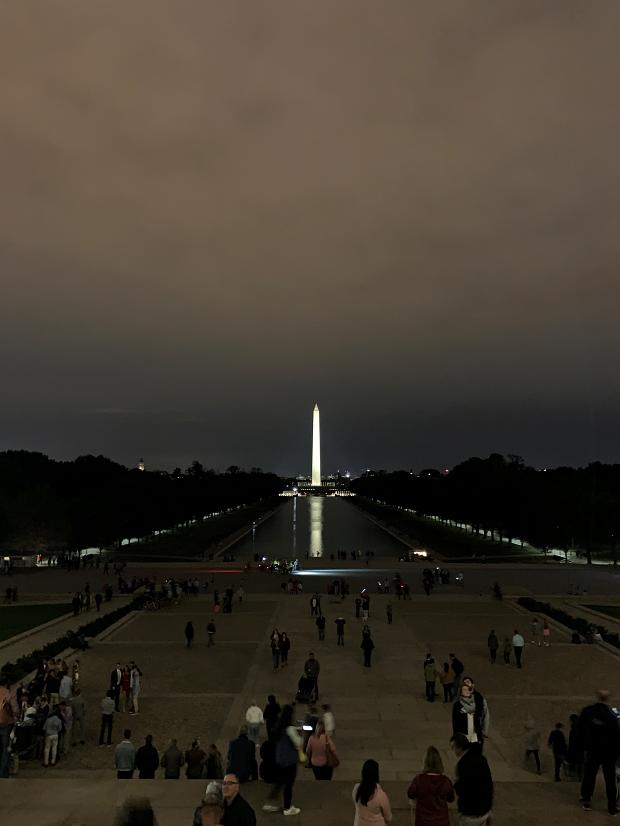
The Lincoln Memorial was where Forest Gump gave his speech, and the Washington Monument in the middle of the Mall was so well lit you could use it as a navigation aid from wherever you were. Guidance ignored by current politicians in their decision making perhaps.

The Thomas Jefferson Memorial looked out over the water to the Washington Memorial and just to the left of it, the White House. Jefferson was an interesting character, author of the initial draft of the Declaration of Independence, third President of the US and strong proponent of individual liberty. Yet he also thought American society should revolve around white men, owned slaves and allegedly fathered children with them. A paradoxical hero.

According to MentalFloss:
Many believe that Jefferson is meant to be watching over the White House, but in reality, he’s looking just east of it, to the U.S. Treasury Building. In front of it stands a statue of Alexander Hamilton, the first Secretary of the Treasury and one of Jefferson’s biggest rivals. Hamilton is looking in Jefferson’s direction as well, but that’s just luck—his bronze was installed in 1923, back when they were still thinking about honoring Teddy Roosevelt instead of Thomas Jefferson. But the direction of Jefferson’s gaze is certainly no accident, according to National Park Service Ranger Michael Kelly: “George Washington hated the idea of factions and of political parties, wanting everyone to recognize themselves as nothing other than Americans. Jefferson and Hamilton are those that are beginning to pull the administration apart and even pull the country apart into parties … Standing between [the Jefferson and Hamilton statues] is the monument to President Washington, who tried to bridge their differences, who tried to unify them in common purpose, but failed. It’s not a secret, but no one really connects it.”
Day 2
Queuin’
Susan has told us that the Washington Monument has reopened after repair work had fixed damage from an earthquake. On my two previous trips to Washington it had been closed, so my eyes lit up: here was my opportunity at last!
We’d called into the ticket booth to get tickets only to find out that, while free, the tickets were distributed from the ticket booth each morning, first come first served. The guy behind the counter suggested coming an hour before the ticket booth opened to make sure you got your first choice of time slots. The slots were every half hour between 9 and 4.
So I found myself getting up early and heading down to the office to arrive at 7:20am (it was supposed to be 7, but I misjudged how far it was from the hotel). I saw the queue following the horseshoe shaped wall and didn’t know where the ticket window was, so walked up to the person closest to me, knowing that they were at one end of the line.
They bristled when I approached but calmed down when I asked whether they were at the beginning or end of the queue. They pointed at the ticket window opposite and said they were at the start, so I followed the line of people to where it apparently ended and joined in. There were maybe 50 people there when I arrived, and by the time the window opened at 8:35am, the queue stretched down the road quite some distance. I estimated maybe 300 people long. It took another thirty minutes for me to reach the front of the line and I kept my ears open to see how the process worked.



The bored looking guy behind the counter asked how many tickets you wanted for which time slot and then repeated the person’s response very clearly. After confirming, he passed the tickets through the little drawer and the recipient picked them up and left.
The guy two in front of me asked for four tickets for two different sessions, which surprised me (I thought you’d just be able to get one session). I quickly figured it might be worth two trips. I knew Susan needed to leave at 1pm, but maybe Ange would like to return for the last slot, so I made the decision and asked for three at 11am, and then two at 4pm.
The guy repeated the order and slid the tickets through. I felt like Charlie and the Chocolate Factory with my magic tickets and headed back past the crowds towards the hotel.

Washington Memorial
Susan met us at the seats at the base of the Monument and we went through yet more airport style security, ad then into a waiting foyer. With only one lift going up the middle, each time slot’s guests were carried up in batches. I guess this evened out the numbers at the top, similar to how the African American Museum operated.
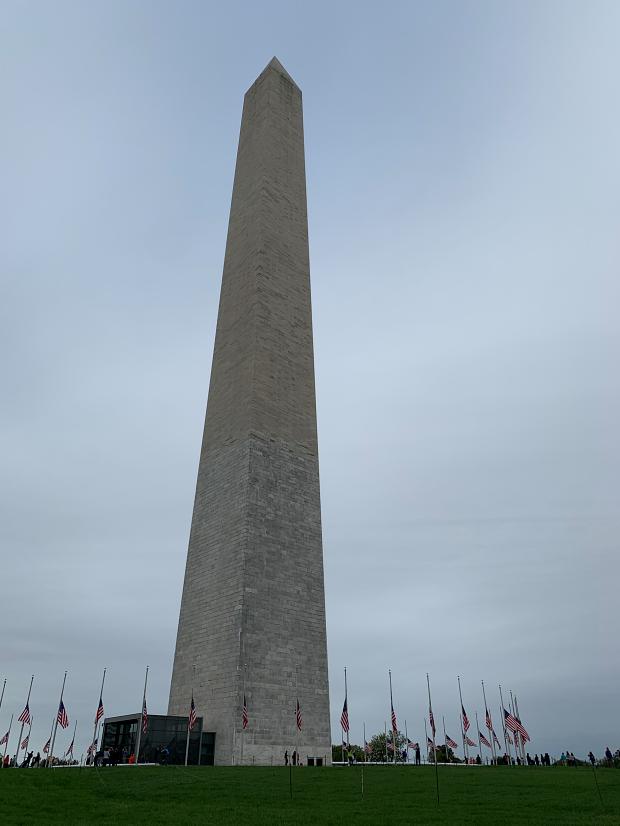
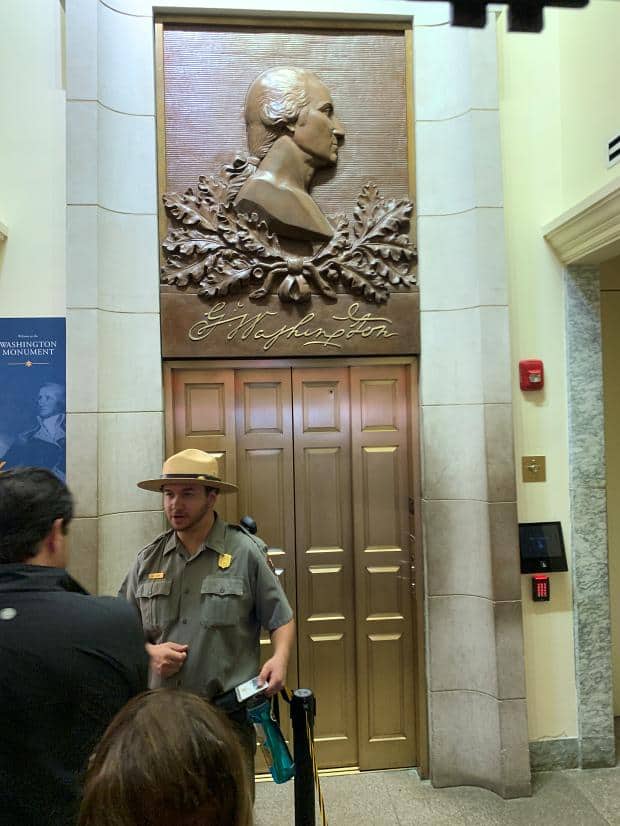
When we got up the top we could look out eight little windows, two in each direction with magnificent views out across the city. The Mall stretched out to the Capitol, the museums arrayed on each side impressive with their size.
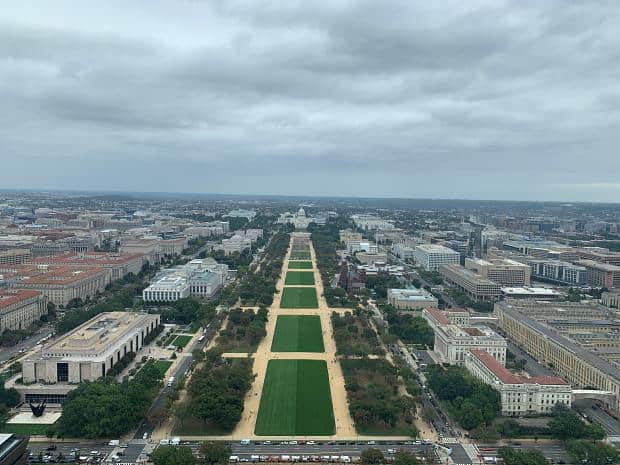
Out to the south the Jefferson Monument sat overlooking the lake, and just behind it stood Ronald Reagan Airport and we watched as planes came in to land.
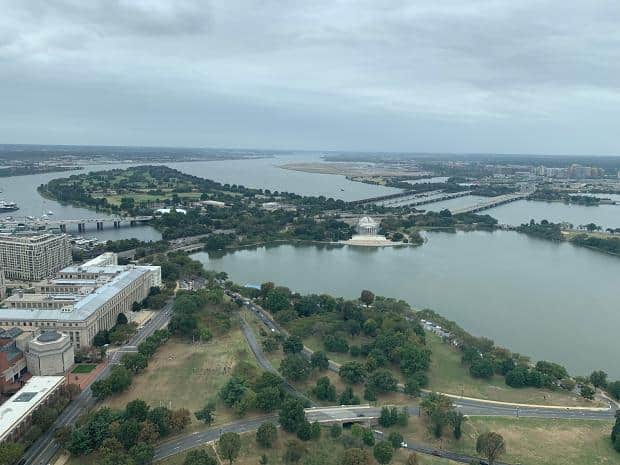
To the west, the World War II Memorial gave way to the Reflecting Pool and in the distance the Mall finished at the Lincoln Memorial.
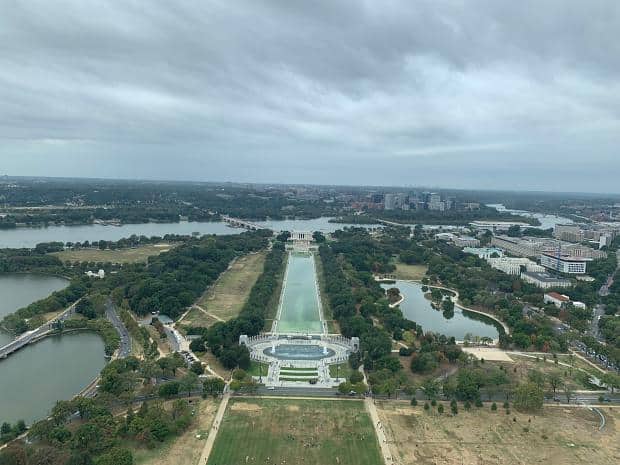
The uncontested height of the Monument made the perspective unparalleled and added a third view of the monuments on the Mall (daylight/night time). Just below the viewing level was a level with exhibits explaining the construction of the Monument and facets you wouldn’t notice from the ground like the lightning rods on the top of the obelisk and the different stone used in the different eras of construction.
They even had photographs from the top taken at different times, showing how the Mall had evolved over time and been used for different purposes.
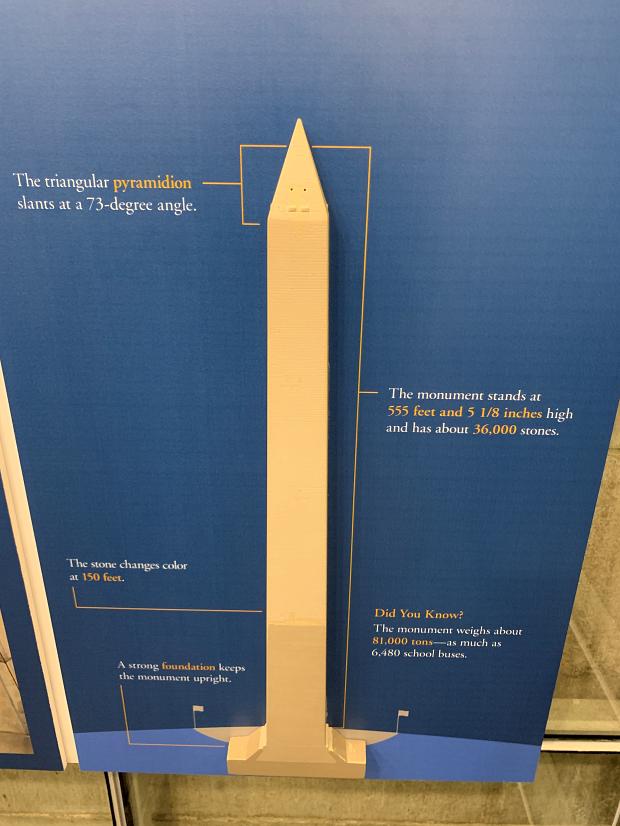
Before long we were starting to get hungry and so descended the lift. Halfway down the opaque walls turned transparent and lights shone on the inside stone of the Monument. Each state had contributed to the construction of the Monument and had left a momento commemorating that contribution embedded in the walls. Sort of like an acknowledgement that George Washington had made the nation and each part of the nation had made the monument to honour the man. E pluribus unum indeed (‘out of many, one’ – the motto of the US).

Ebbitts
I’d tried chicken and waffles in a bar in Auckland which specialised in Southern American fare, but wanted to try the original. When I saw that The Old Ebbitt Grill was offering that, I was sold. The menu featured a few more fanciful dishes, a variety of “Walrus Platters” and the piece de resistance: An Orca Platter. The price put me off and if truth be told I’m not sure I would have been able to polish it all off by myself.
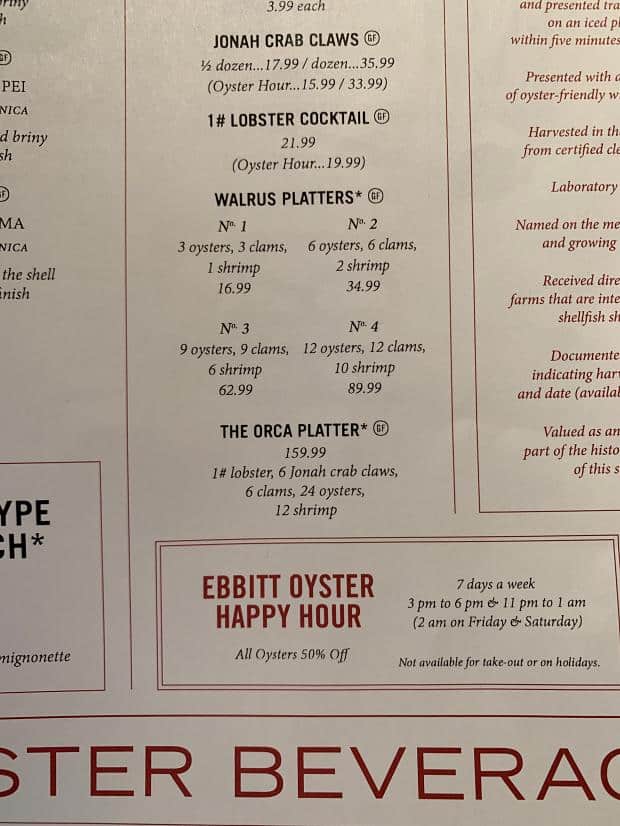

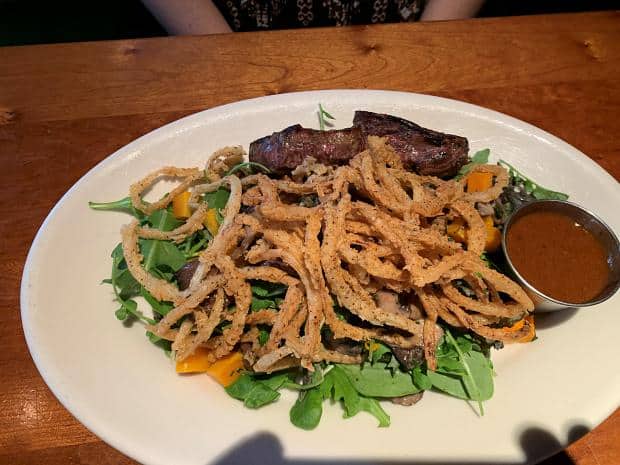
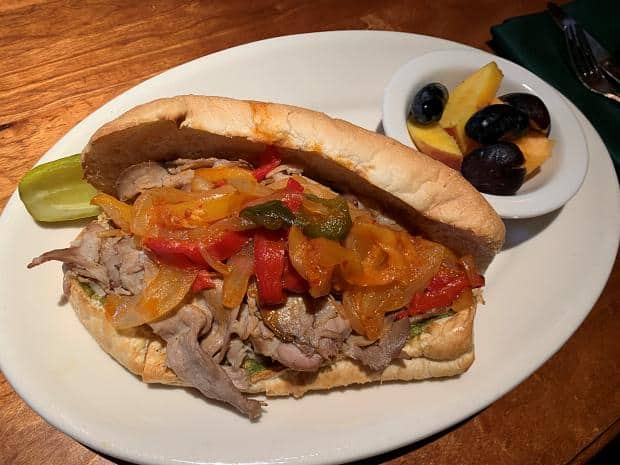
Susan had to head off but we thanked her profusely for being such a generous host – she was able to give us a local insight into the city and the recommendations on places to eat were spot on. The night time tour of the monuments really did give us a different perspective on the city.

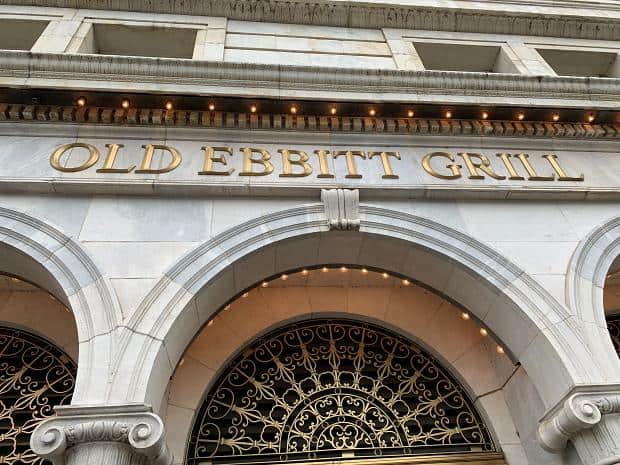
American History Museum
While the other museums that we visited in DC were well formed and told their story well, the American History Museum seemed to have too wide a scope. It tried to cover everything and as a result didn’t do as a good job as the other museums.
An exception to that was the exhibit of the Star Spangled Banner – the story of how the American national anthem came into being. Let’s face it, as far as national anthems go, the American one is one of the best. In terms of both music and lyrical content, the wistful enquiry into the fate of a flag flying above a fort being bombarded manages to sum up the triumphant incredulity when discovering it remained. The exhibit features the flag in question, laid out in protective darkness. Very touching.
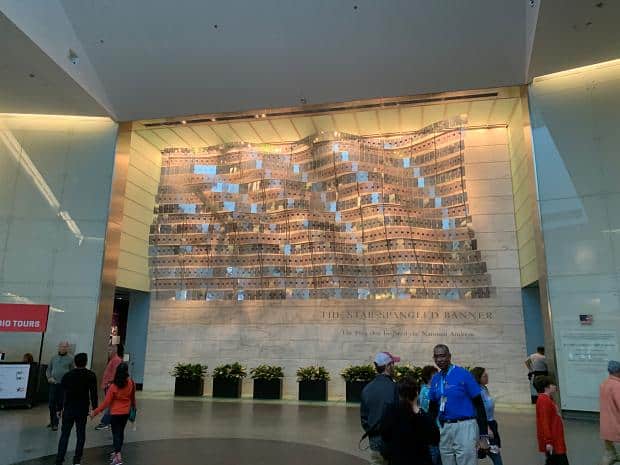
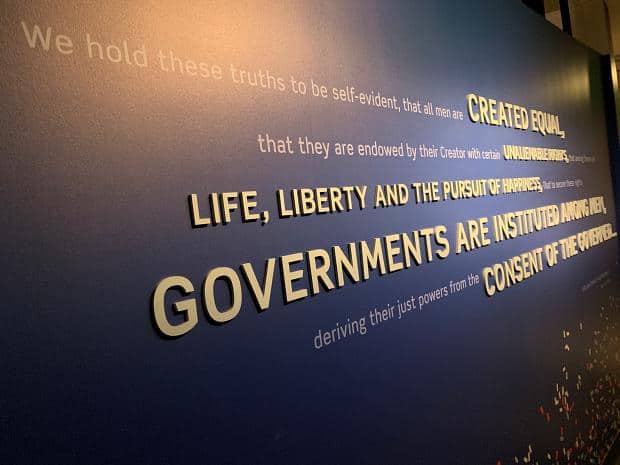
Jim Henson is my Elvis, so seeing the Swedish Chef had a special meaning to me – a reminder of a childhood brought up on Sesame Street and The Muppets.
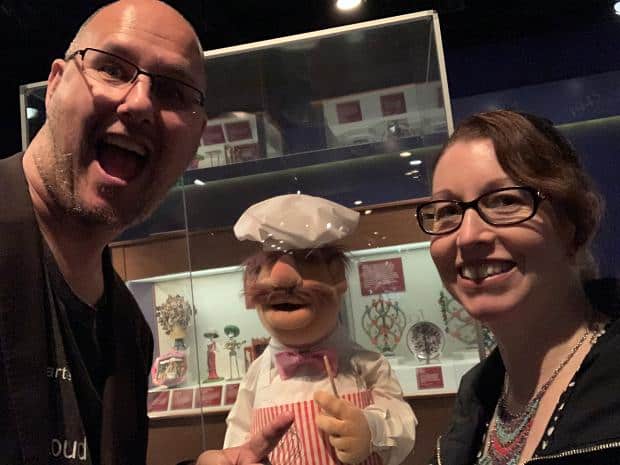
The famous Route 66 also featured in an exhibit – the road running from Chicago all the way through to Los Angeles made famous in song, TV and movies. Funnily enough our next stop in our trip would be in Albuquerque after a connecting flight in Chicago, and we’d end up taking the train parallel to the highway between Albuquerque and Flagstaff.
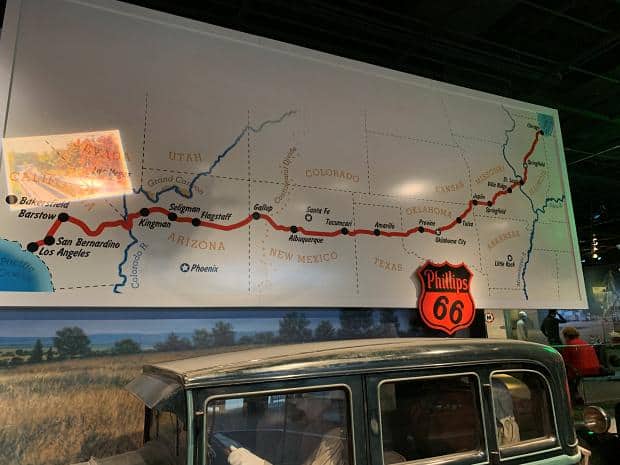
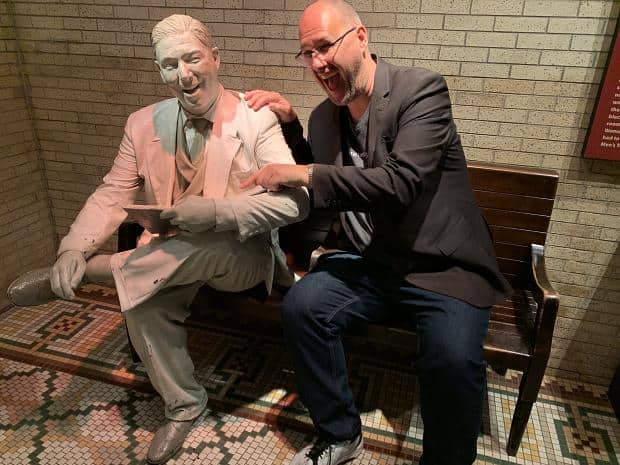
Finally we managed to hunt down the elusive Julia Child’s kitchen which was hidden away beside a boarded up exhibit. So many frying pans!
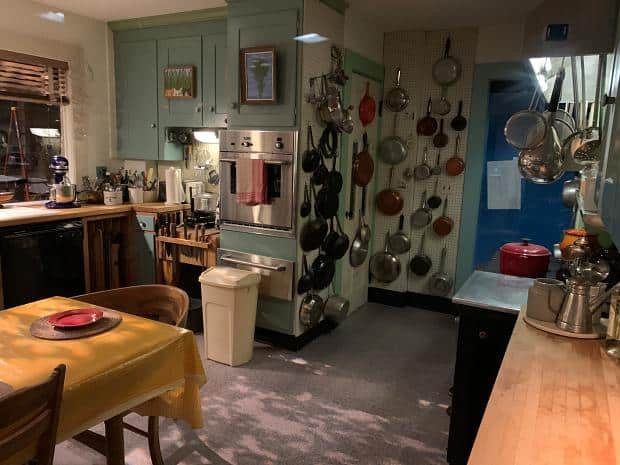
After all that walking around we were exhausted, and I knew that we wouldn’t want to go back up the Washington Monument. I also knew that my ticket would go to waste, and potentially someone in the queue would have been turned away without a ticket and I would have been the cause of that. So we headed back to the ticket office with the goal of returning the ticket for reuse.
I was surprised that the same guy at the ticket counter so early in the morning was still working there when we rocked up. He smiled and explained that if we returned the ticket to him he would have to destroy it (policy), but that if we found someone to give it to then it wouldn’t go to waste.
A girl behind us in the queue said that she’d be glad to have it, so I gave her one of the two we had, much to her delight. I had wanted to find two people to take them off our hands in one go, but she seemed happy enough. I went up to a few people outside to check if they wanted to go up. It felt a weird going up to strangers and asking if they would like to go up the Monument. Almost like I was trying to sell drugs or something. Having only one ticket restricted who I could go up to as well. One guy having a hot dog by himself was already going up in that session, and in the end we gave the last ticket to the same girl who we’d given the first one and said we hoped she could make a new friend.
Last day
We had some time before our flight on the last day and so we headed back to the Air and Space Museum to check out the things we’d missed the first time around.
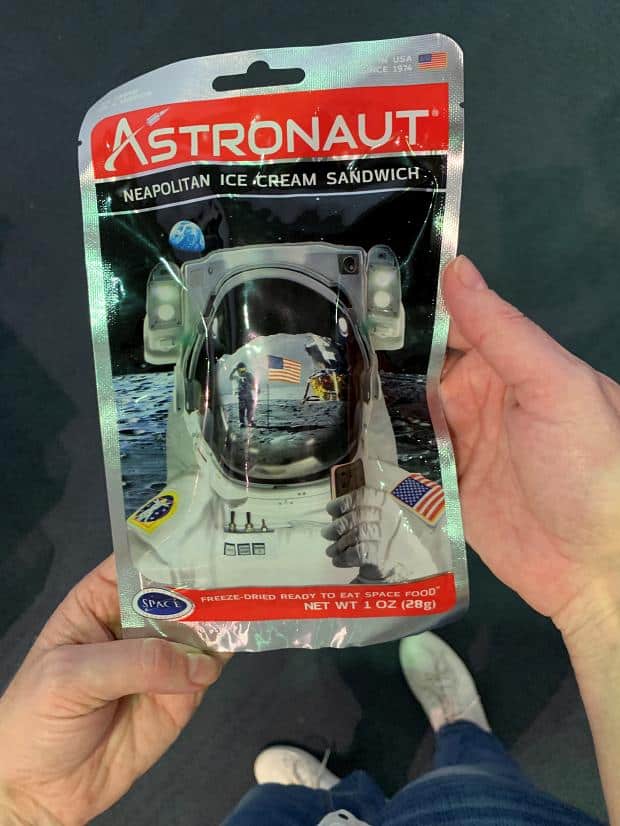
A substantial exhibit told the story of the first powered flight. The original Flyer takes pride of place, and because of an agreement between the Wright Brothers and the Smithsonian, none of the competing claims to the first powered flights are discussed.
In an inspired piece of curation, Neil Armstrong’s space suit that he wore on the moon is placed at the exit to the Wright Brother’s exhibit – showing how far we came as a species – 60 years from being Earth-bound to venturing into space.
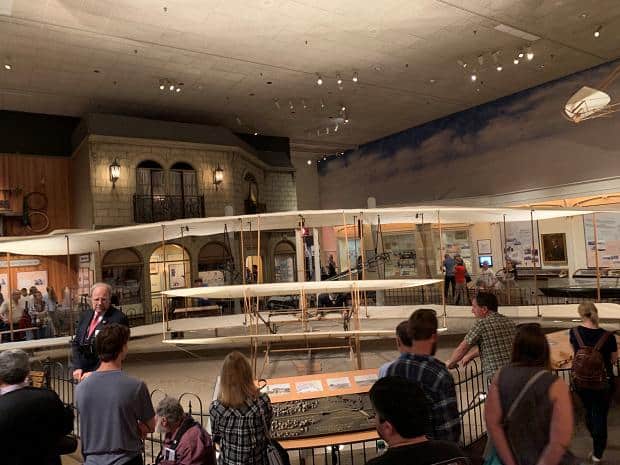
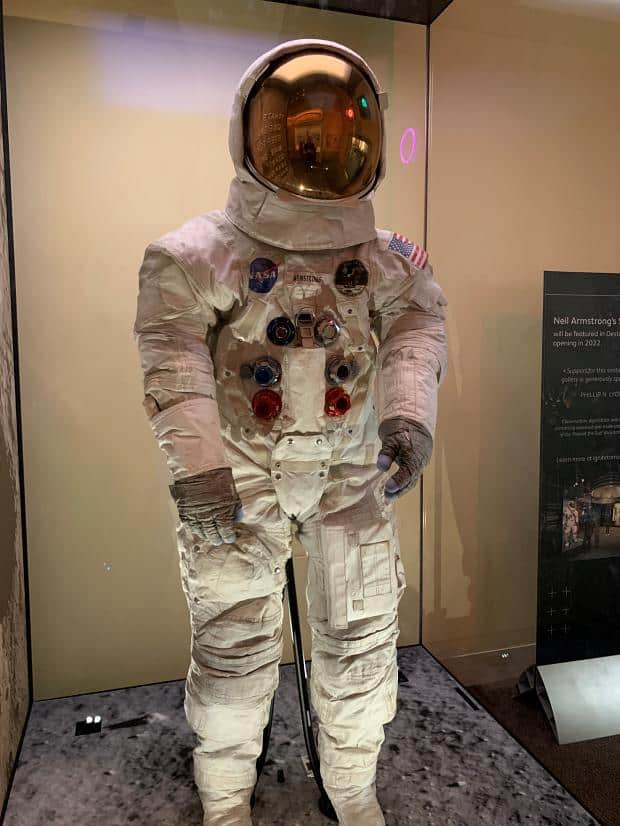
Lastly there was an impressive exhibit on navigation – managing to explain the complexities of latitude and longitude and the historical difficulties of establishing with some sense of surety exactly where we are, geographically speaking. Interesting to me that the great leaps in technology were spurred by a large prize money offering.
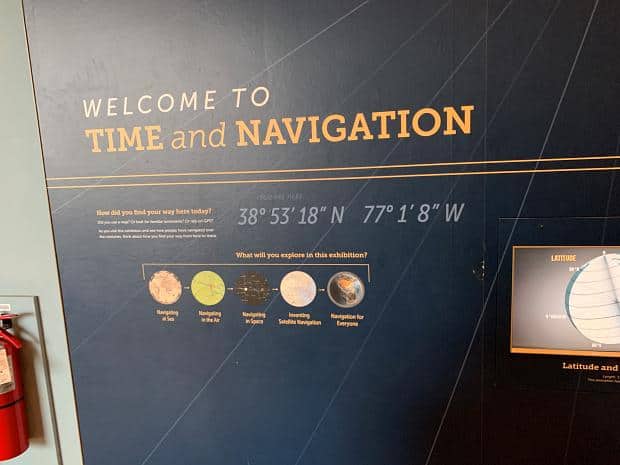
And that was our weekend in Washington DC. We had a blast thanks to Susan’s expert guidance and even though we only scratched the surface I think we got a feel for some of the Smithsonian museums.
